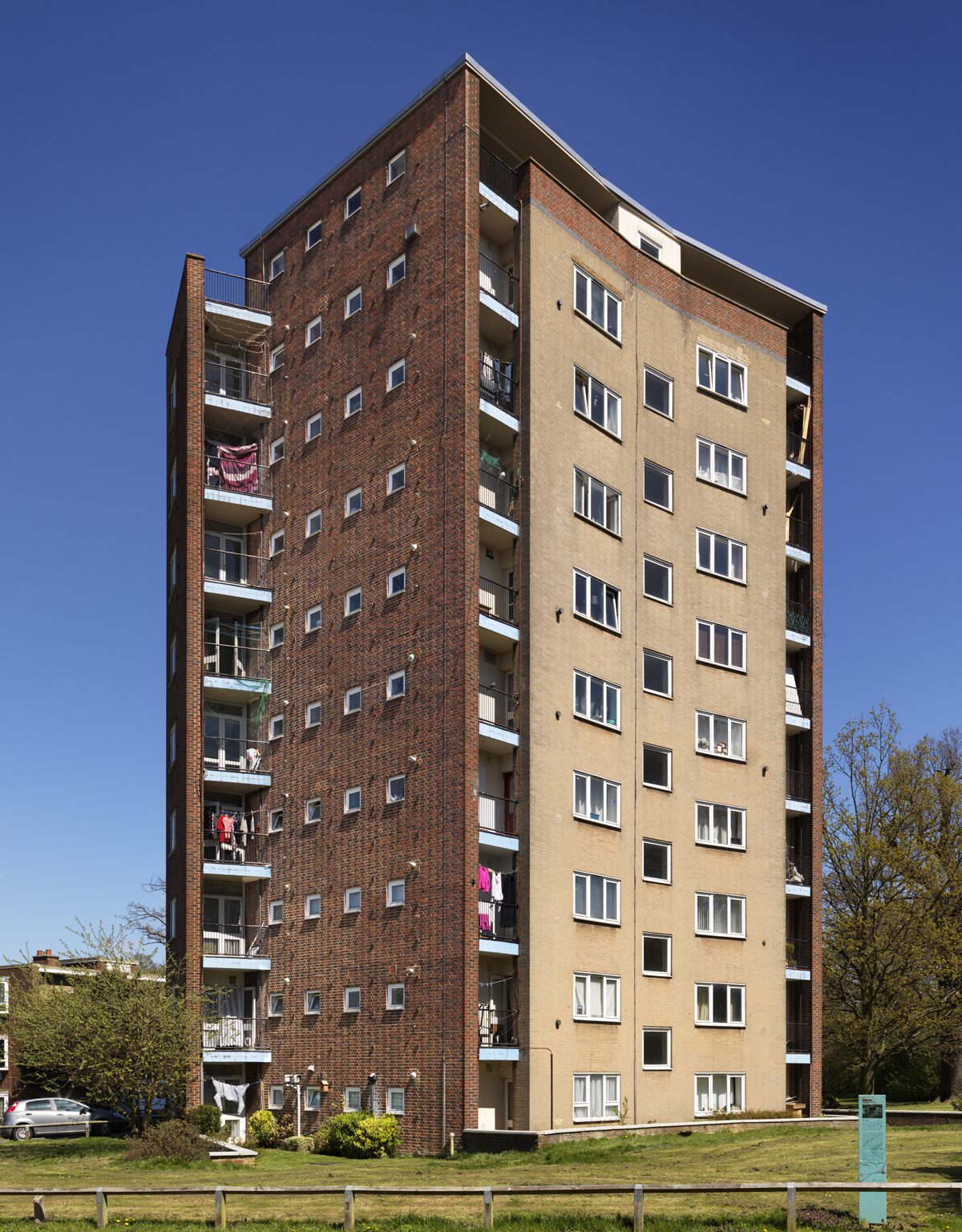Once admonished for straying from the modern path, Frederick Gibberd is reassessed from a contemporary perspective
‘Frederick Gibberd’
Christine Hui Lan Manley
Historic England, RIBA Publishing, The Twentieth Century Society, £30, 162pp
Born into a well-to-do Coventry household, Frederick Gibberd (1908-84) began his studies at Birmingham School of Architecture in 1925, where Beaux-Arts teaching was the norm, as was part-time, articled work – in his case with a local Gothic Revivalist. Within nine years he was to build one of the UK’s first housing projects to bear the hallmarks of the International Style – Pullman Court in Streatham – which established Gibberd as a key figure among the early moderns. What happened during those years is therefore a fascinating route, and one that Christine Hui Lan Manley traces with care for its insight into the later, less-appreciated work, which she recasts in a more sympathetic light.
House at Stivichall Croft, Coventry (1930-31, ph: Historic England); above:Metropolitan Cathedral of Christ the King, Liverpool (1960-67, ph: Historic England)
Given that Gibberd shared a flat in Birmingham in 1928 with early modern protagonist FRS Yorke, and his travels in Belgium and Holland brought him into contact with cutting-edge architects, his first independent work, a house built in 1930-31 for his parents in Coventry, was surprisingly restrained – Gibberd himself described the Stivichall Croft project as “flush doors and built-in furniture in a shorn Queen Anne shell”. However, on moving to London, Gibberd became drawn into more doctrinaire circles, joining the MARS Group, the British division of CIAM, and he began actively promoting the modern cause.
After Pullman Court, however, and drawing partly on his analysis of Camillo Sitte’s urban studies and Parker & Unwin’s Hampstead Garden Suburb, Gibberd’s work took on a softer edge more sympathetic to context and precedent – and this was perhaps best exemplified in his urban and landscape projects. Inevitably regarded as something of a betrayal of the modern cause, however, most of Gibberd’s later buildings received scant critical attention – JM Richards regarded the Metropolitan Cathedral in Liverpool as weak and tentative, while the Architectural Review said it lacked architectural seriousness – but Manley’s fine study goes some way to redress the balance.
Fullwell Cross Library, Ilford (1958-59, ph: Historic England)
Metropolitan Cathedral of Christ the King, Liverpool (1960-67, ph: Historic England)




















